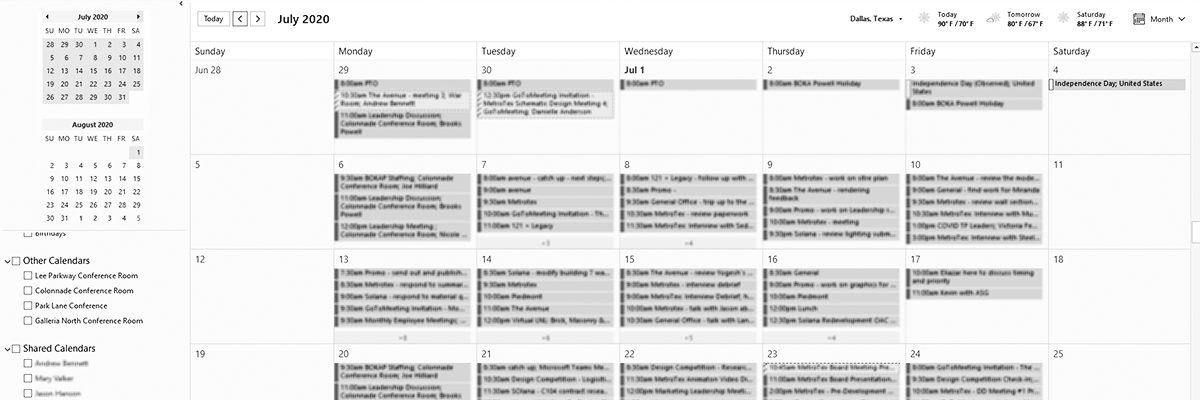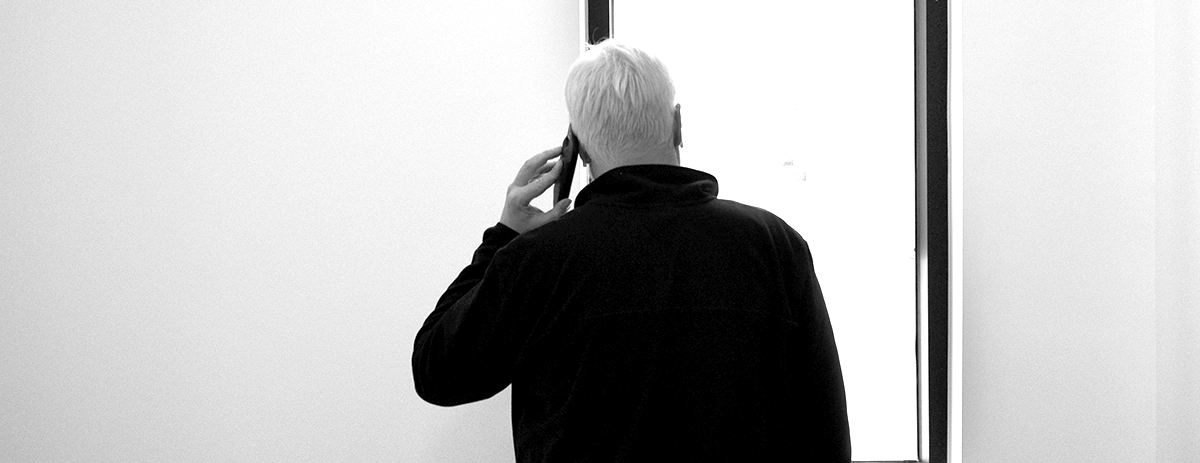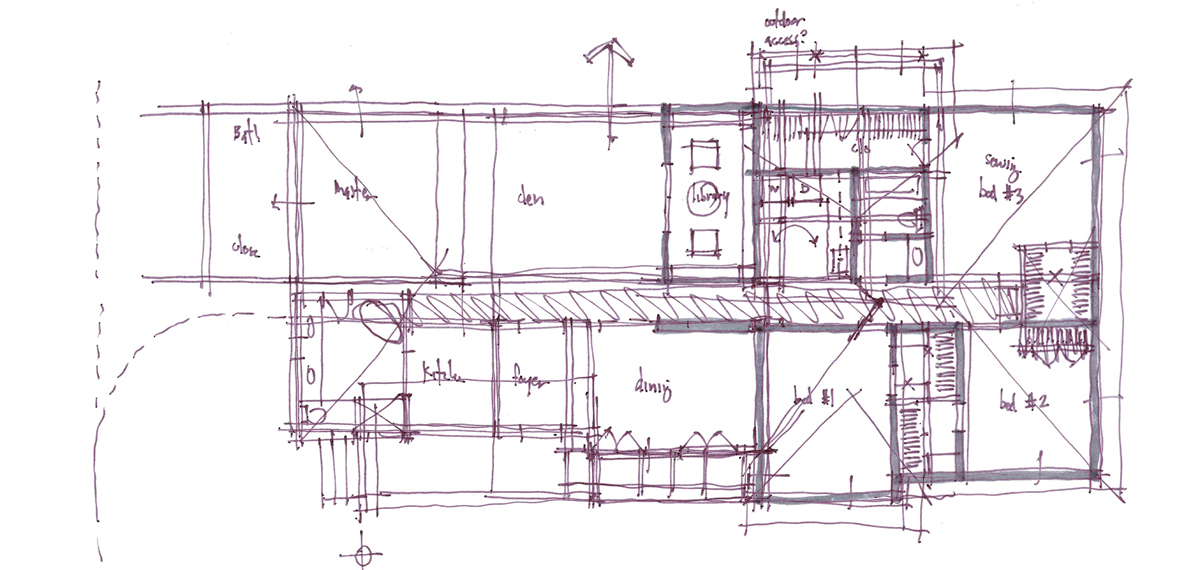At one time or another, most architects think about opening their own architectural office. There are all sorts of reasons why this makes sense, but it obviously isn’t the right path for everyone. Today we are going to talk a little bit about both … Welcome to episode 73 “Being Your Own Boss”
[Note: If you are reading this via email, click here to access the on-site audio player]
Podcast: Embed
Subscribe: Apple Podcasts | Spotify | Android | iHeartRadio | TuneIn
Calendar Flexibility jump to 03:48

Pro: You get calendar flexibility. You are in control of your own schedule and work/life balance now. Getting to decide pretty much every possible decision, at least for most people who would be considering this path, is a definite pro. However, I will throw in here that all the small firms I have ever worked at have provided me with the ability to do what I needed to do when I needed to do it. In addition, I am not on an island and I have a spouse who is available to take on as many (if not most) of the non-work extra-curricular demands on my time.
Con: You may end up “always” working. You will definitely always be “on-call” and frequently you do not have the support staff behind you to take on any extra-curricular burdens placed on your intended plans.
We did end up talking about the difference between be a sole practitioner (or very small firm owner) versus being the boss in a very large firm is fairly drastic. We have ignored the large-firm boss because you don’t really accidentally fall into a “boss” position … you see this happening years and years in advance.
Money jump to 13:10

Pro: You can make more money than being someone’s employee. You are now at the top of the food chain. The notion that the boss makes all the money while those below get crumbs … and there is a small bit of truth to this perception. The reality is that “the boss” is compensated for the amount of experience they have but the real money starts to come your way once you have some skin in the game and as your exposure to risk increases, the potential to make more money also increases. You also have the responsibility of checking your balance between how much you work versus how much money you want to make because if you aren’t working, you aren’t getting paid. There are no vacations anymore because you are essentially paying yourself to not work. The opposite is also true, if you want to grind yourself and take on 15 jobs at once to make more money, you might have that option (assuming that you can remain lucid enough to actually DO 15 projects).
Con: You are responsible for your own paycheck, and in time, it may also be the responsibility for others and their paychecks and livelihood. That often comes with a great deal of pressure, particularly when your firm is like a family. You are responsible for the financial well-being of others and there is a different level of pressure that comes when there is not enough money to spread around to all the others. In my past jobs, this situation typically translates into the boss not taking a paycheck so they can continue to pay others.
You are responsible for making your own money … which mostly translates into your ability to sell work.
Decision Process jump to 27:34

Pro: You get to make all the decisions and this singular reason is almost always the reason, even more so than the money, most of the people I have chatted with on this topic identify as the main reason they wanted to be their own boss. You are now the one responsible for your own design decisions just like you have always wanted to be.
Con: You are now responsible for all the decisions. You HAVE to make all the decisions … Now you have to make all the calls even the tough ones that you may have gotten to skip as an employee. Of all the reasons we discussed today, the pros and the cons for this section are the same things.
There is a controlling factor that is the biggest motivator in this section – the ability to control your path outweighs the negatives associated with all of those decisions.
Projects jump to 32:45

Pro: You can now choose the clients and project types you have always wanted to pursue – this again is about the freedoms you can gain. When you work for yourself, there is no design by committee. You also get to decide that you will only focus on a particular type of work. Maybe you only want to focus on high-end single-family ultra-modern new houses because you really like the engagement you get from the clients, or maybe you really want to make the business side more your focus so you will focus your efforts on roll-out site adapt tilt-wall warehouse buildings because you can do them quickly without a lot of client interference and therefore improve your profit margins. Whatever you want.
Con: Finding that specific work is not always easy. Just because you can DO the work, doesn’t directly translate into you GETTING the work. There is a huge difference between having the skill set to execute the work at a high level and having the personality and time that allows you to actually work on the business development aspect of the job that allows you to secure the work.
Visioning jump to 42:49
Pro: It is now your vision. You can implement all the design ideas and concepts etc. that you have always dreamed about and have been honing in your career up to this point. You can choose Mac versus PCs, you can mandate that a specific percentage of your time is dedicated to charitable causes, what will your firm logo look like? This section is really the combination of all the other pros and cons we’ve already discussed so far today.
Con: You will probably spend much less time doing all the things I just mentioned, including design, than you would prefer. Running an office/practice takes a great deal of administrative effort and the amount of time that you spend getting office supplies, getting insurance in place, making payroll, and having a relationship with your bank … all of that is amplified in the context of operating a company. The idea of running your own business presents practical challenges that few people consider – and those that do, almost all that I have spoken with have missed on correctly identifying the disproportionate amount of time spent doing things other than design.
Would you rather? jump to 52:40

When I selected the Would you Rather question for today’s episode, I decided to ask the dumbest question I could think of, only to realize it was a lot more fun to discuss than anticipated.
Would you rather wear a metallic silver unitard or a Pirate costume in every social situation?
First off, I still can’t believe that this was actually the question we discussed, but I am here to tell you that there is ONLY one correct answer. Once you read your choices your initial thought probably explains a lot about who you are as a person.
Being Your Own Boss
Andrew and I both decided that we feel like having your own firm (for most people) would end up being more of a con than a pro but it wouldn’t take much for us to flip back to thinking it would be a pro. I know that I am somewhat jaded because I have a really good situation at my current office where I get to spend a majority of my time simply doing the wide variety of things that I truly enjoy without having to deal with all the things I don’t particularly enjoy. I get to design, teach, engage with a wide variety of people, collaborate on projects, and when it comes to the residential studio, I get to pick and choose the projects I accept … and I don’t currently deal with wide array of tasks that I don’t enjoy that would be unavoidable if I was a sole practitioner or had my own small firm.
Andrew, who has owned his own firm for the vast majority of his career will readily acknowledge that there is an allure to being your own boss that calls to him and that the lowest of low points doesn’t erase the highest of highs, and I think that is something we can all appreciate. Is there a right answer? Sure there is, and it probably changes a few times a week.
Cheers,

Special thanks to our sponsor BQE CORE ARCHITECT, cloud-based software for time and expense tracking, billing, and accounting. Visit bqe.com/LoaA today and receive 20% off a 12-month subscription to Core Architect
Life of an Architect would like to thank our media partners Building Design and Construction for their gracious and ongoing support of this podcast. This is the 3rd year of our partnership and we are grateful for the guidance and insight they share with us that helps direct the show.

